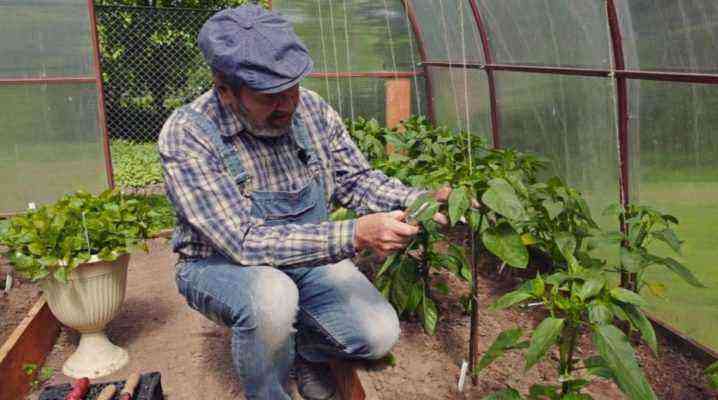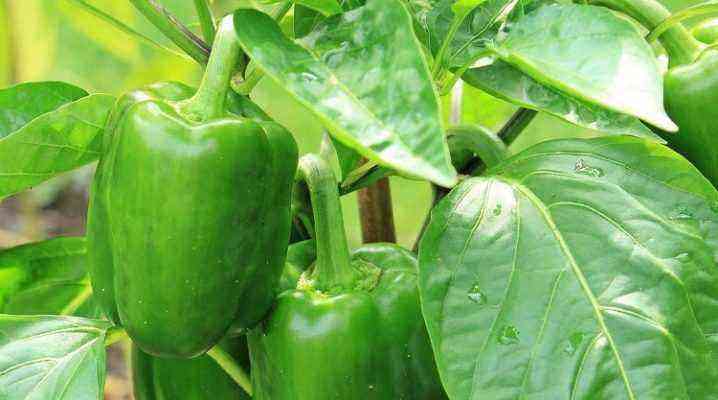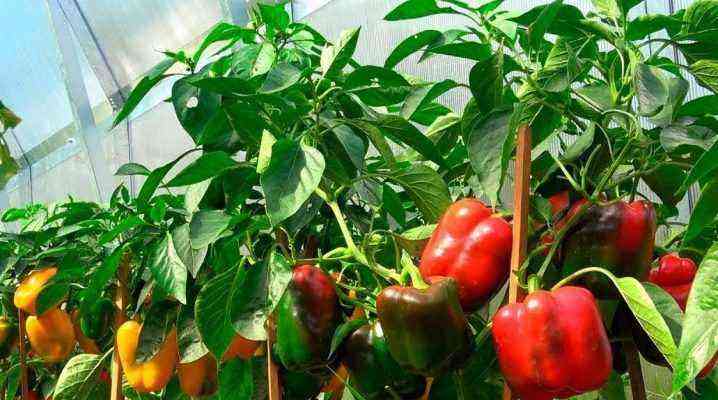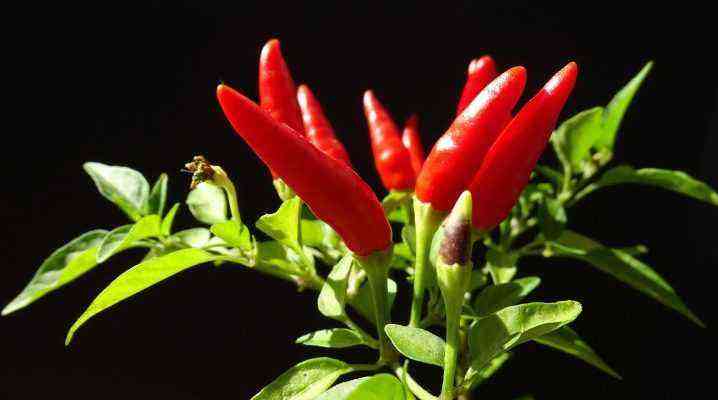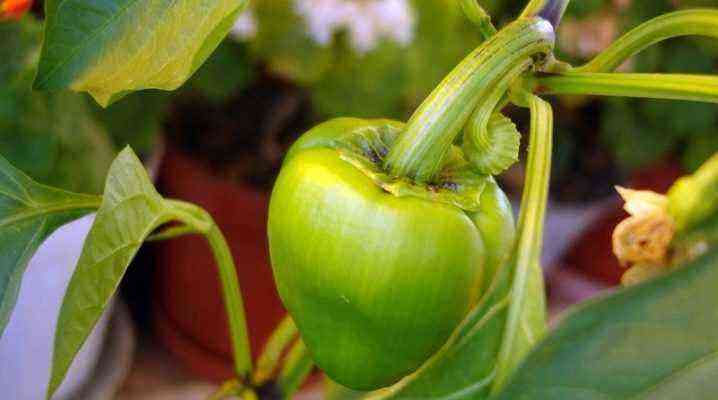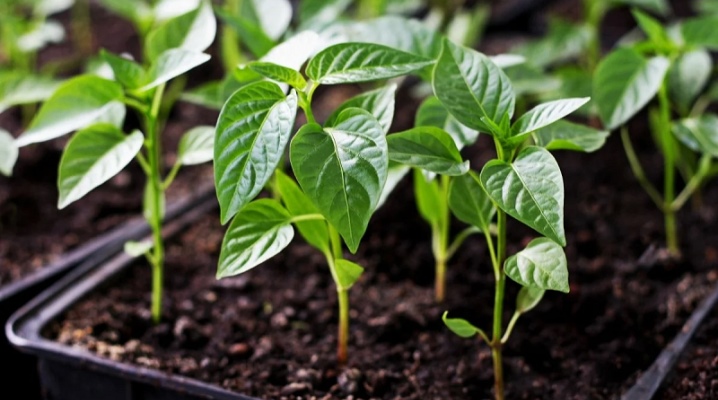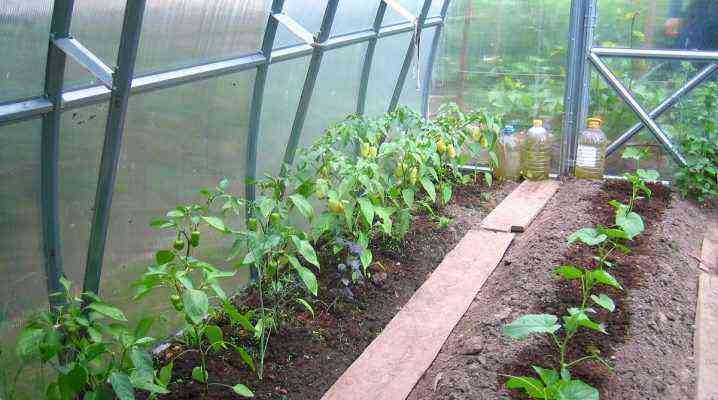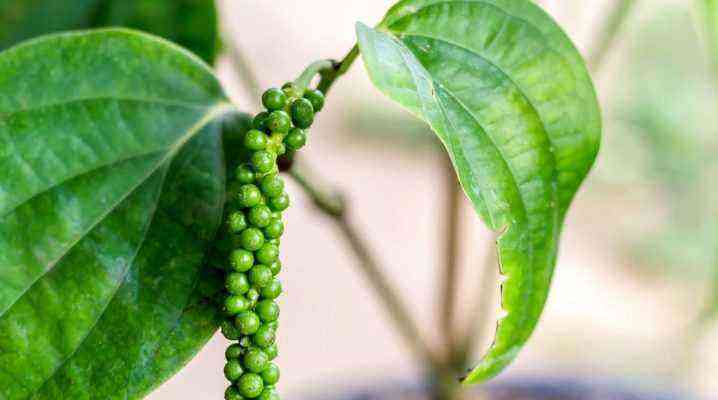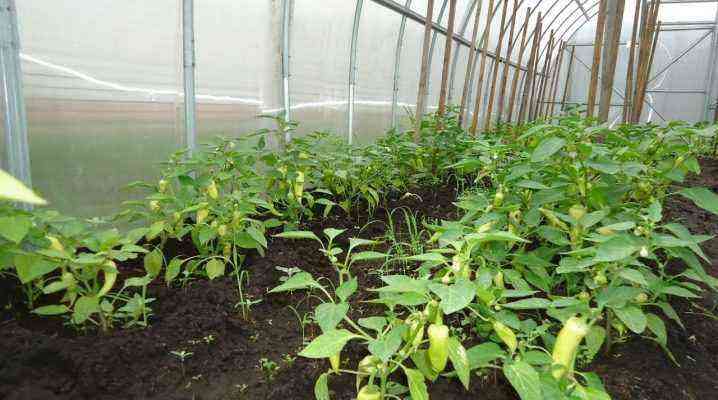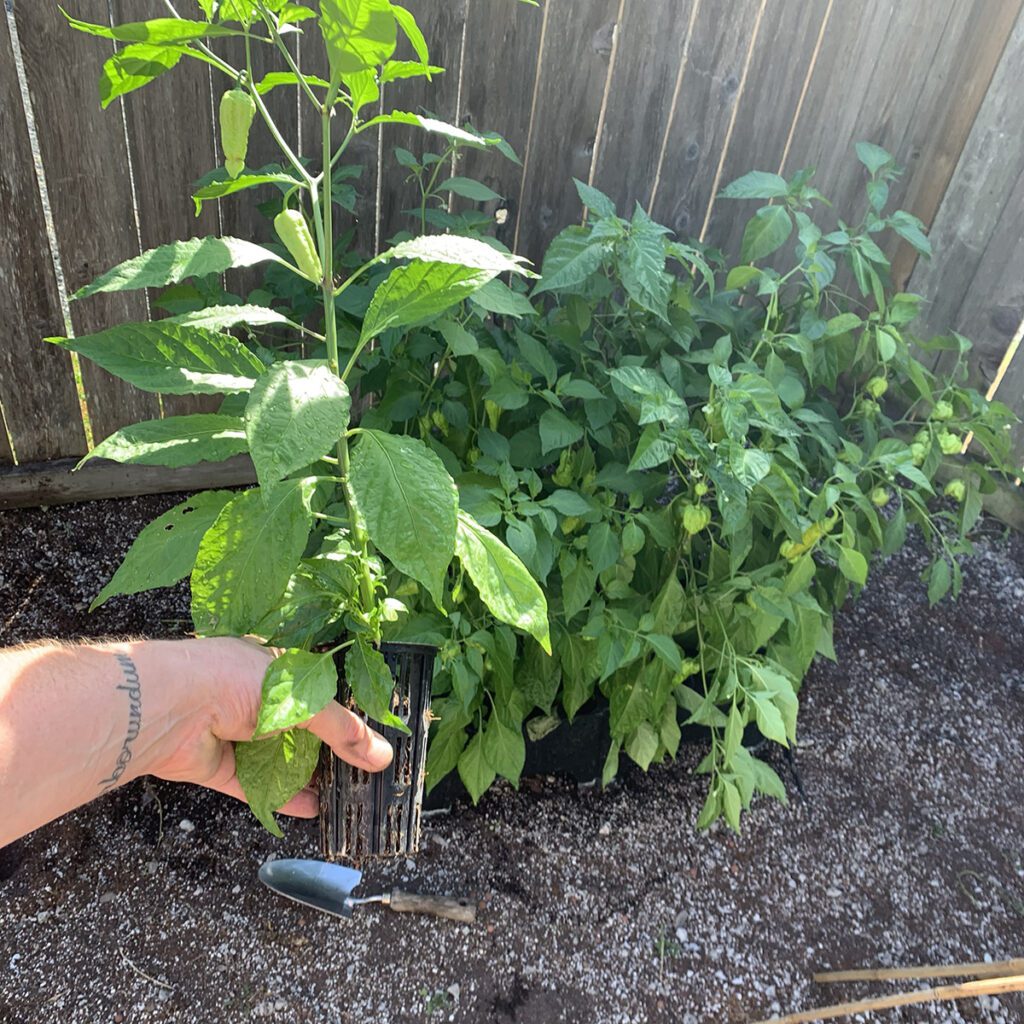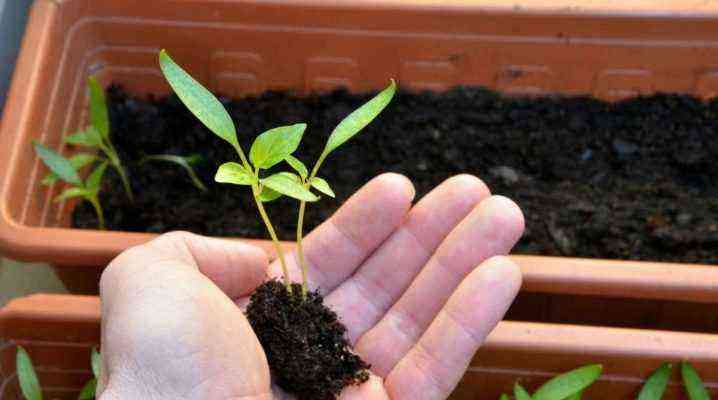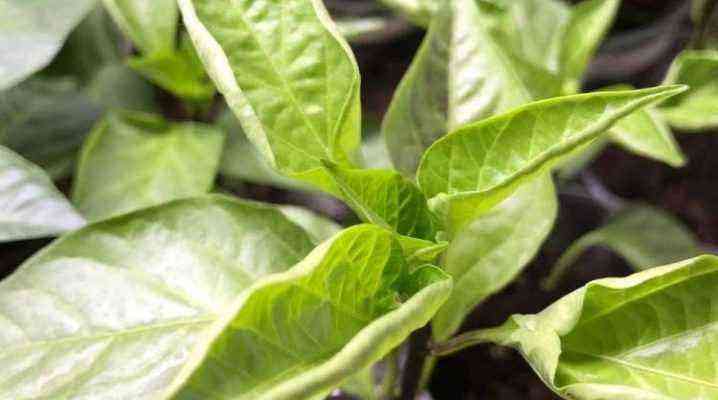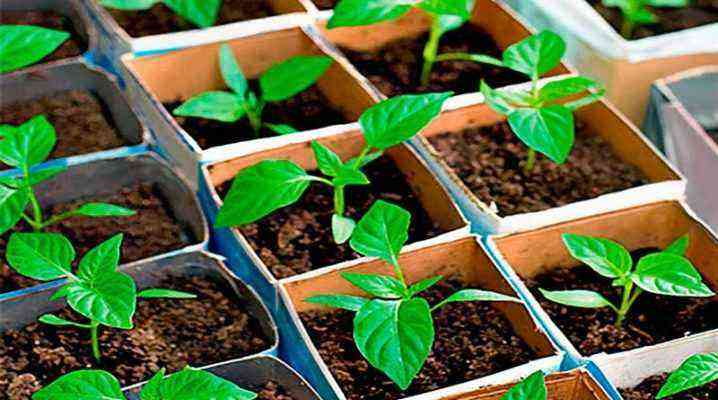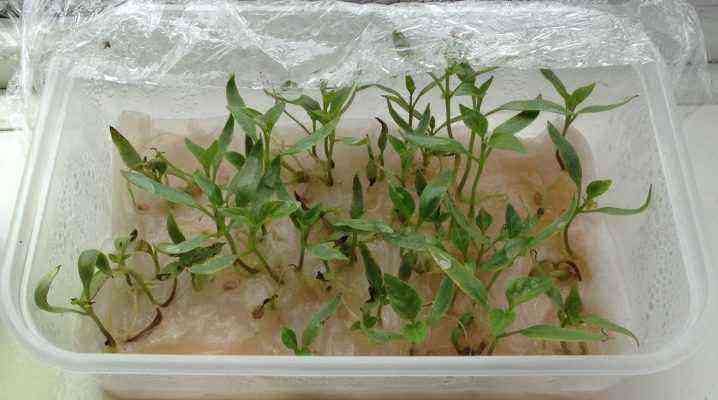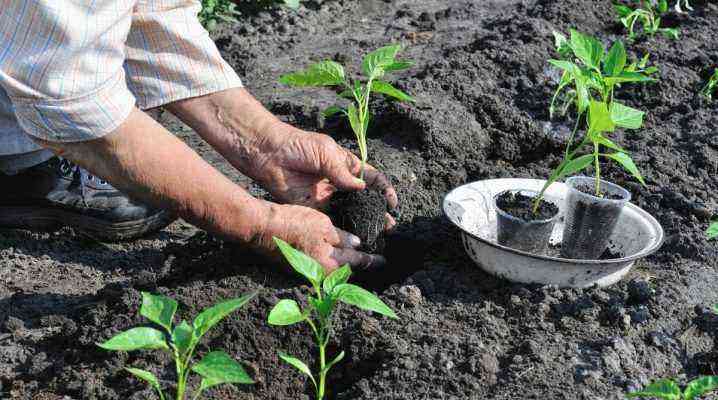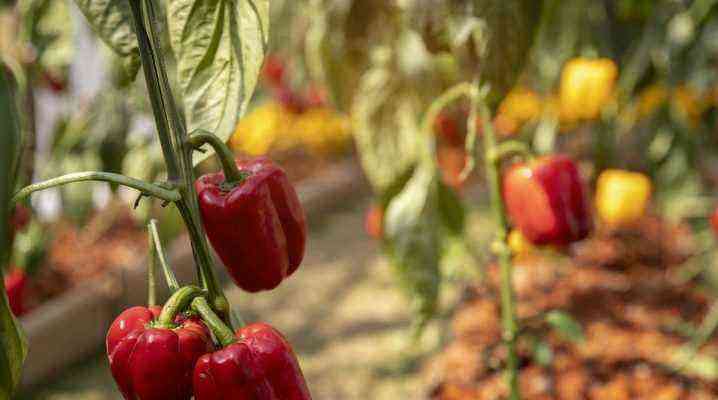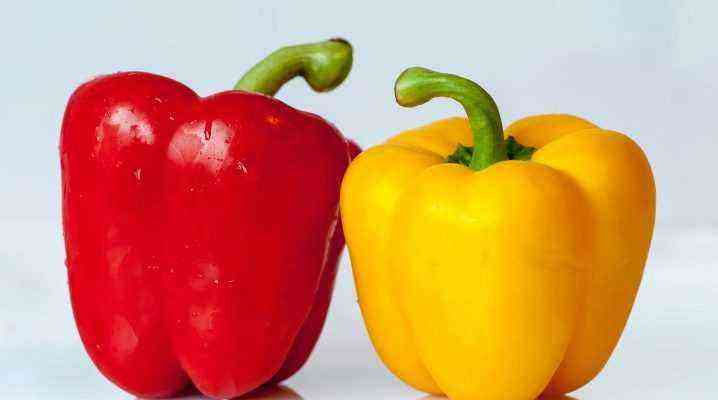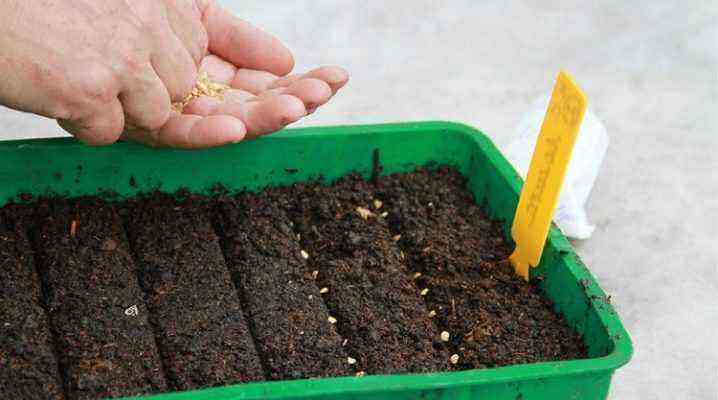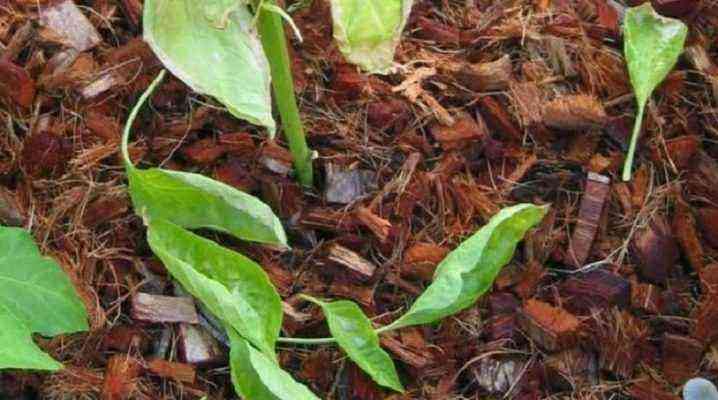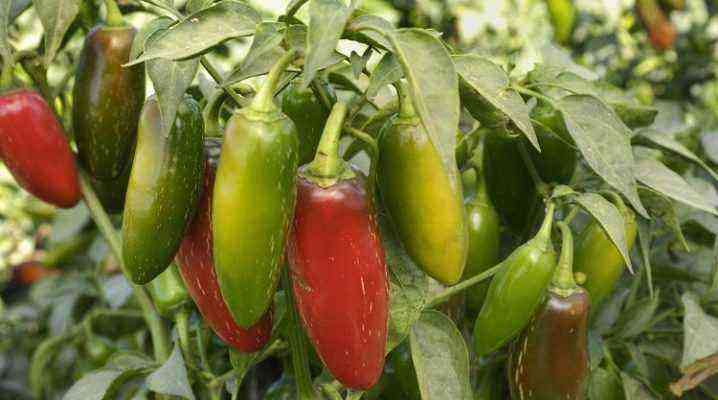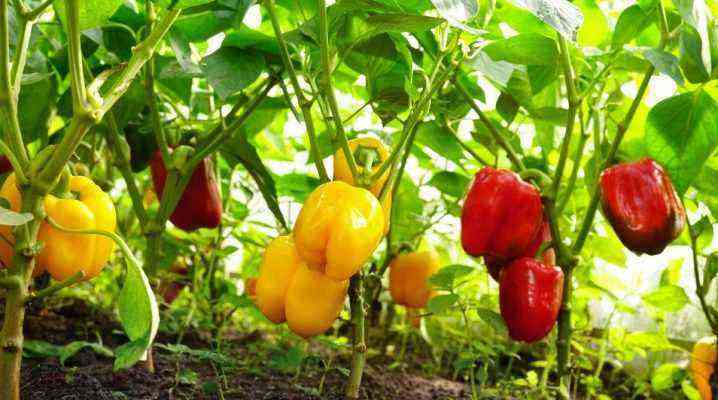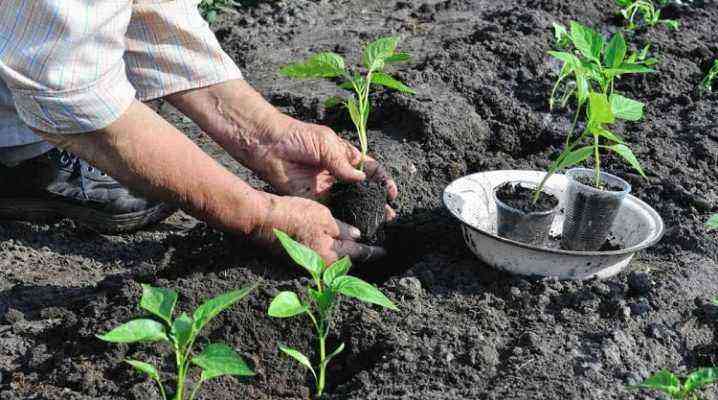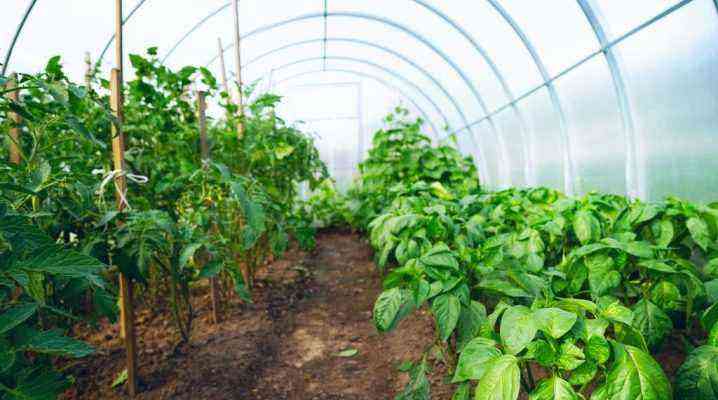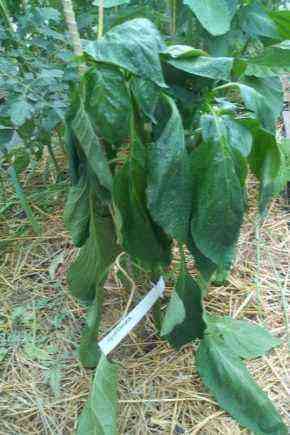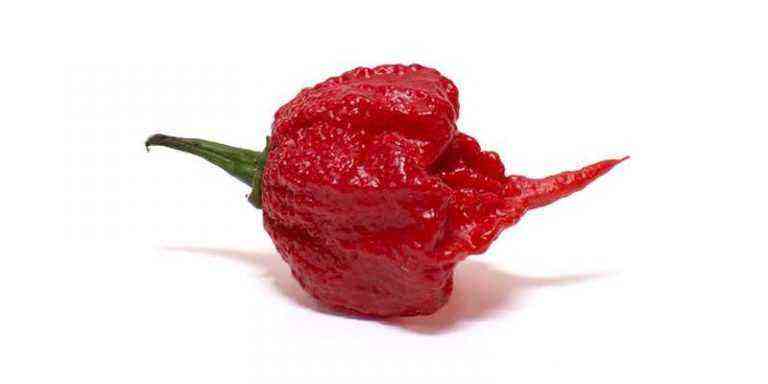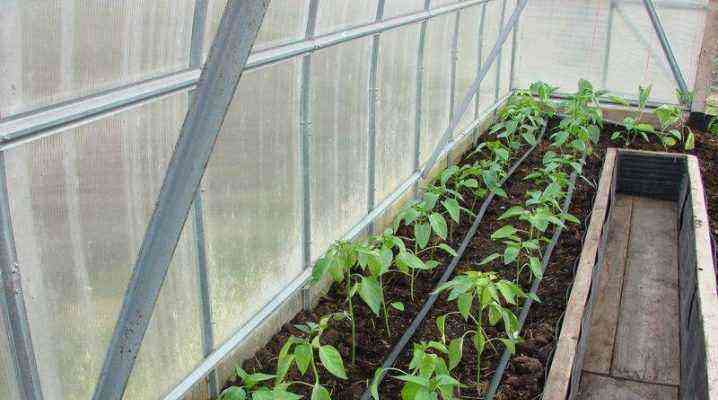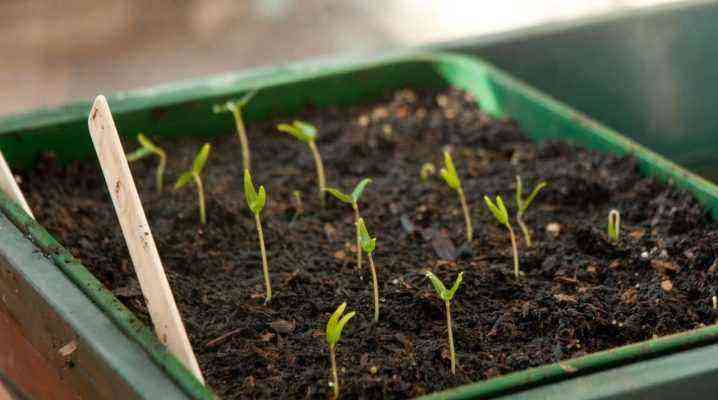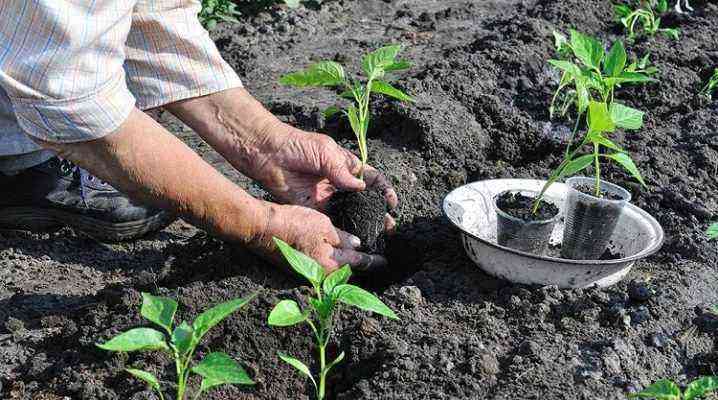
The formation of greenhouse bell pepper is an obligatory stage of care to achieve a high yield. From the material of this article, you will learn about all the nuances of work, including the rules and methods of agricultural technology, as well as subsequent care procedures.

The need for a procedure
The conditions in the greenhouse are far from outdoor conditions, where each bush of the cultivated crop receives the necessary amount of moisture, air, nutrition, and light. With a dense planting of pepper in a polycarbonate greenhouse, competition occurs between the bushes. As a result, one will have good fruits, while the other bush will not be able to grow strong. The yield will be approximately the same in the total mass.
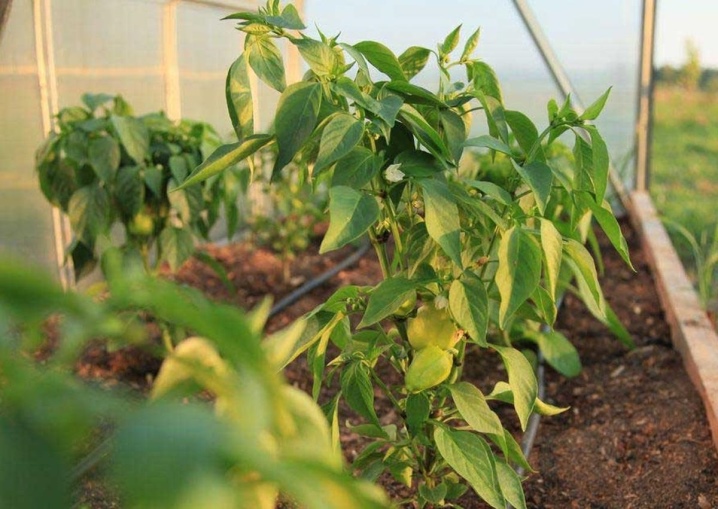
However, with uncontrolled release of shoots, one should not count on large and sweet fruits.
In greenhouse conditions, the growth of green mass is accelerated. Poor ventilation and dampness often provoke illness and weakness. Competent prioritization contributes to the proper growth and development of the vegetable.
When forming vegetable bushes, it is possible to achieve an improvement in the taste of fruits. At the same time, they grow sweet, large and fleshy, have thick walls. Shaping gives the peppers a marketable appearance. Thanks to it, the likelihood of the occurrence and development of diseases is reduced. It contributes to the ventilation of the bushes, simplifies their care, accelerates the ripening of fruits.
Formation controls the number of shoots on which ovaries form over time. It prevents the formation of ovaries to last until frost and saves nutrients. Allows fruits to ripen juicy and healthy. Pinching “informs” the bush about the cessation of growth and the direction of forces to ripen the fruit. It is used in conditions of a shortened growing cycle. This is especially important when there is a lack of light and heating.
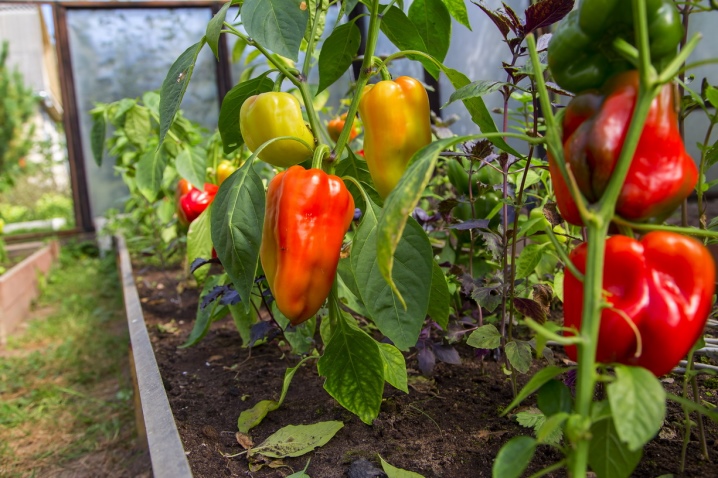
Variety choice
Not all types of pepper can be pinched. This procedure is indicated for indeterminate and tall determinant varieties of vegetables. Without proper care, they waste their energy on growth. The fruits get practically nothing, which is why they do not have time to gain weight and ripen. Formation is necessary for large-fruited thick-walled varieties of a cubic shape.
Most of them do not ripen after being harvested. Stimulation allows you to achieve biological ripeness before breaking off the bush.
The procedure is suitable for pepper varieties with a fast ripening period, thin walls and a conical shape. Formation is prohibited for bouquet crops, undersized varieties are also not subjected to this. Their number of peppers is genetically limited.

It is not necessary to form such hybrid varieties as Dobrynya Nikitich, Lastochka, Pinocchio, Othello. They already have weak branching. Do not need pruning varieties “Gemini” and “Mercury”.
Fundamental rules
The agrotechnical procedure takes place in several stages. It is important to cut off injured and yellowish leaves in a timely manner, do not forget about the garter, entwining the stems around the supports. Based on the chosen scheme, it is necessary to remove the crown (first) bud, which is formed at the place of division of the branches. If necessary, this is done before transplanting the crop into a greenhouse. The crown bud appears at different periods of growing pepper. After the cut, at the place of its former location, stems of the 1st level grow. This is the beginning of an ideal shaping pattern.
We must not forget about removing excess stems. The number of trunks must correspond to the selected scheme. Only the strongest and most powerful stems are left, formed from the branching where the first bud grew. Everything else is to be deleted. Initially, this is a pruning of the top, the main point of growth. The optimal time is the presence of 10 true leaves. Formation should begin with skeletal stems.
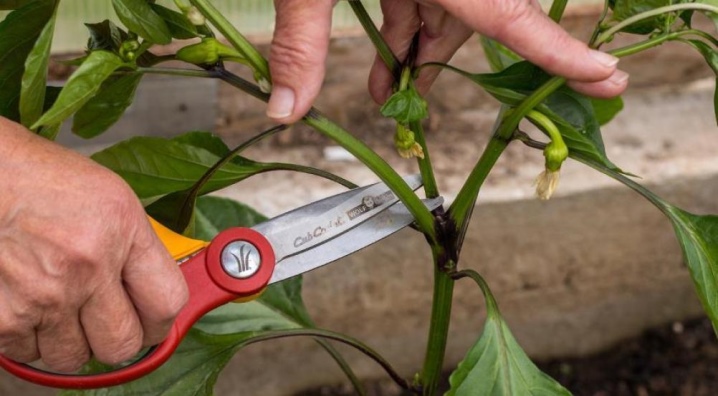
During growth, the skeletal stems divide and branch. At each branching point, proceed in a similar way. They get rid of frail shoots, leaving only powerful ones.
According to the established rules, the shoot should be cut in such a way that a small part of the trunk with 1 leaf remains on the bush. It is needed to feed the ovary on a powerful shoot. All empty, barren stems and shoots are removed in order to provoke the growth of strong shoots. The rate of foliage removal depends on the bushiness of the variety and the nuances of cultivation.
The plant should not be naked. The bush should have a main stem (stem), skeletal branches, as well as shoots of the 1st and 2nd orders. When normalizing the number of shoots, special attention is paid to the removal of lower leaves, as well as barren branches. Flowers often form on them, which later do not bear fruit. Everything useless is cut off. During the formation, the buds formed in the internodes are removed. In total, no more than 15-25 ovaries are left on the bush.
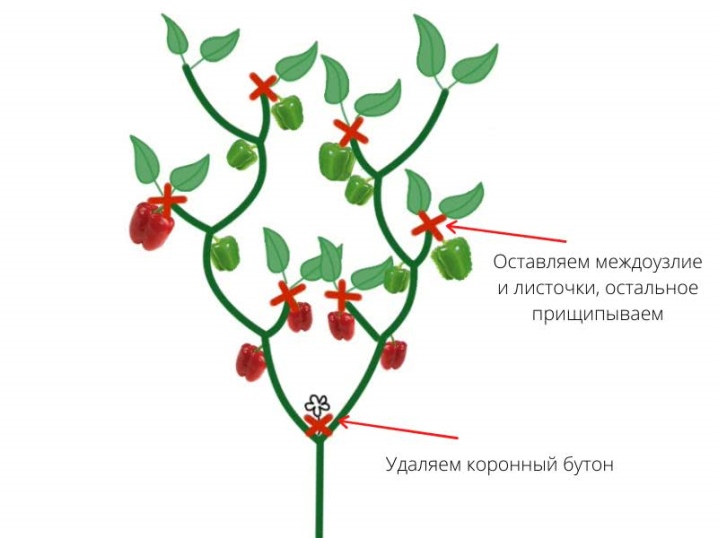
Along with this, you need to get rid of diseased foliage and stems in time. If the bushes do not have enough light, thin out the leaves. On the main trunk, this is done when the fruits of the first brush reach biological maturity. Be sure to pinch the skeletal branches, which is resorted to after the formation of a sufficient number of ovaries. As a rule, this procedure is performed 1,5 months before the end of vegetable cultivation.
Seedlings grown independently are subject to formation. Depending on the variety, control is started when the height of the seedlings is 15-25 cm. However, the division into trunks in some varieties may occur even earlier. Therefore, you can not miss the moment when the division of the bush begins. The crown bud that appears soon is left only at a bush of a rare variety in order to obtain seeds. In the next season, strong vegetables will grow from them with the preservation of varietal characteristics.
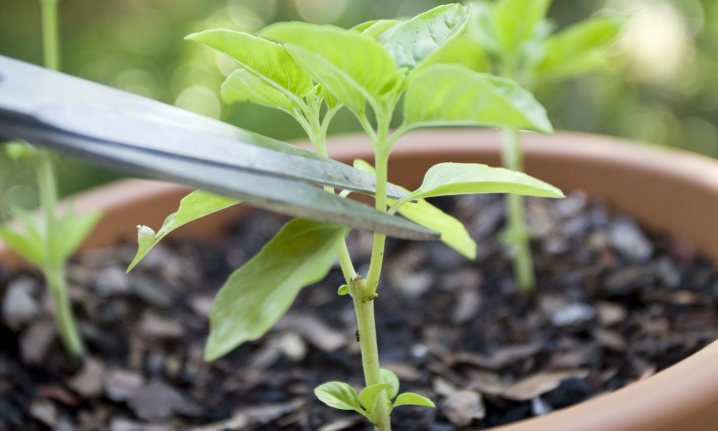
Technique Overview
The key techniques for shaping peppers are pinching, pinching, pruning. The implementation of each of them has its own characteristics, and therefore it is important for beginners.
Pasynkovanie
Pinching is nothing more than cutting off lateral branches growing from the axils of the leaves. Ignoring this technique is fraught with increased plant costs for growth and development. At the same time, he practically does not have the strength to pour fruits. It is necessary to pinch a bush in a greenhouse or greenhouse correctly.
This is usually done while he has not yet reached a height of 30 cm.
Each slice is sprinkled with crushed chalk or activated charcoal. You need to remove all small shoots growing up to the fork of the stem. The length of the stumps should not exceed 3 cm, otherwise they will grow. It is better to do this in the morning to minimize the stress of the plant, which often suffers from greenhouse conditions. Agricultural technology involves further loosening in the aisles and watering the bushes.
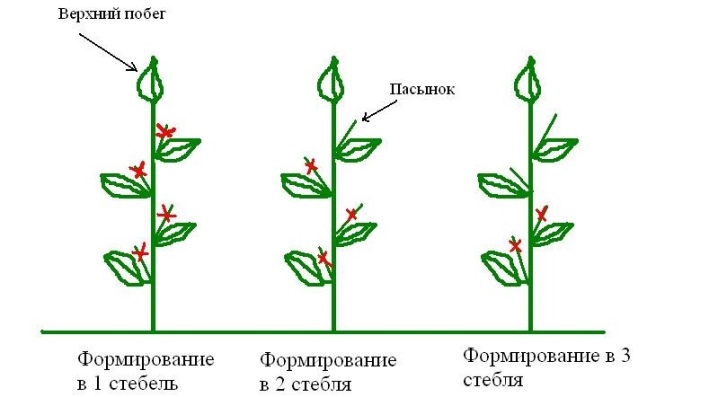
In the course of work, disinfected tools are used. The scissors used must be sharp to cut off each stepchild in one motion.
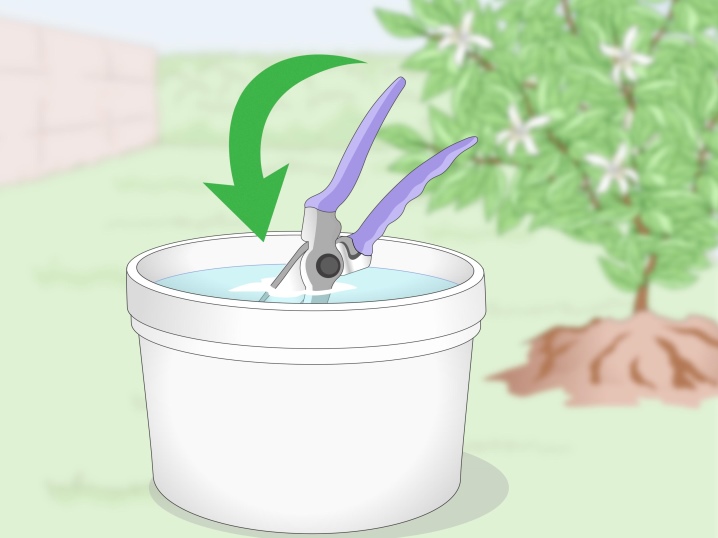
Trimming
Pruning of leaves is carried out according to their own rules. Thick foliage often provokes air starvation of bushes in a greenhouse. Odoes not allow them to ventilate. However, it is not only diseased, dry and yellowish leaves that need to be cut. Be sure to cut the leaf plates of the first stem. It is better to do this when the level 1 peppers become technically mature.
Foliage growing under shoots of level 2 is cut off according to a similar principle. For 1 procedure, only one pair should be removed. It is impossible to completely cut off the leaf plates, since they nourish the fruits. If they are removed, the peppers will be small and tasteless. To avoid this, it is enough to leave 1-2 leaves near the ovary. About 1,5 months before harvest, pruning is completed.
Without pruning, many ovaries on the bushes will be underdeveloped. Do not be greedy, trying to get an unprecedented number of peppers from each bush. It’s impossible. Like other procedures, pruning should be phased, as the fruit ripens.
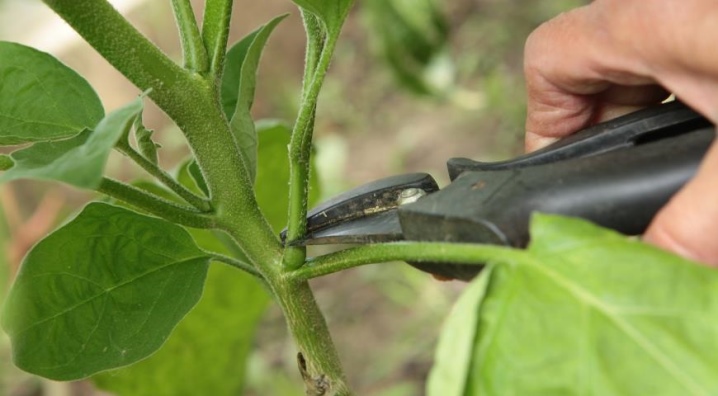
The uniformity of the cut is also important. You can not leave shoots without flowers.
Topping
This procedure controls the yield of the crop and the timeliness of ripening. Excessive volume of ovaries harms the bushes. They simply do not have time to ripen the fruits. To prevent this from happening, pinching and pruning are carried out. Initially, they monitor the preservation of the skeleton. Control involves the preservation of no more than 2-3 powerful processes.
They resort to pinching whenever another fork grows on the skeletal stem. It is important to leave exclusively developed shoots. Such branches can withstand the weight of large peppers. A powerful branch is left on the shoot of 1, 2 levels. Everything else is cut off above the flower ovary. Pinching is completed when the number of vegetables that the bush can withstand is reached. It is important to avoid overloading the bush with green mass. You can not cut too much, so that it does not harm the culture.
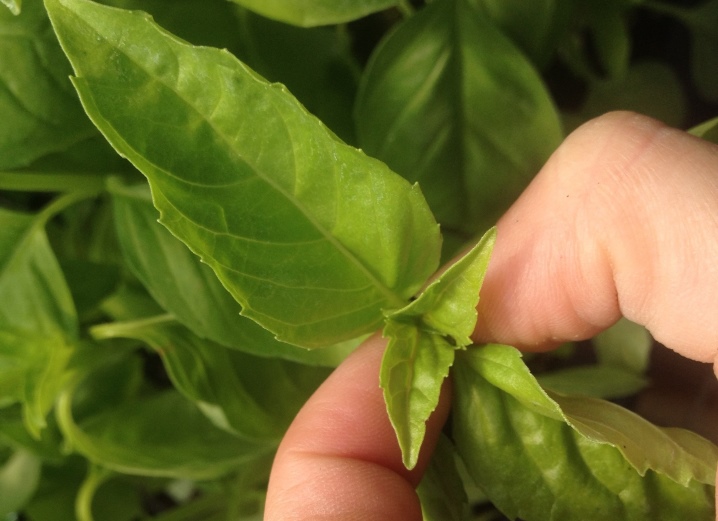
Methods
It is possible to form a vegetable crop grown in greenhouse conditions in different ways. Do this in compliance with generally accepted rules. The choice of technique is associated with the variety of vegetable, the nuances of its growth and development, the number of planted bushes. The formation is carried out in several successive steps so that the plant does not experience stress.
In one stem
This agricultural technique is based on pruning all side branches that appear on the main stem. The technique is used in small greenhouses, where tall plants are forced to compete with each other for light and food. If they are not planted at the proper distance, thinning will be the best way to care. In a limited space, thickening provokes diseases, due to which the fruits deteriorate and the yield decreases.
Step-by-step instructions consist in the phased formation of bushes. With each fork that appears, side shoots are removed, leaving a small length and a leaf under the cut branch. This is done until 10-20 flower buds are collected. After that, pinch the top of the stem. From this, growth immediately stops, all forces go to the ripening of vegetables.
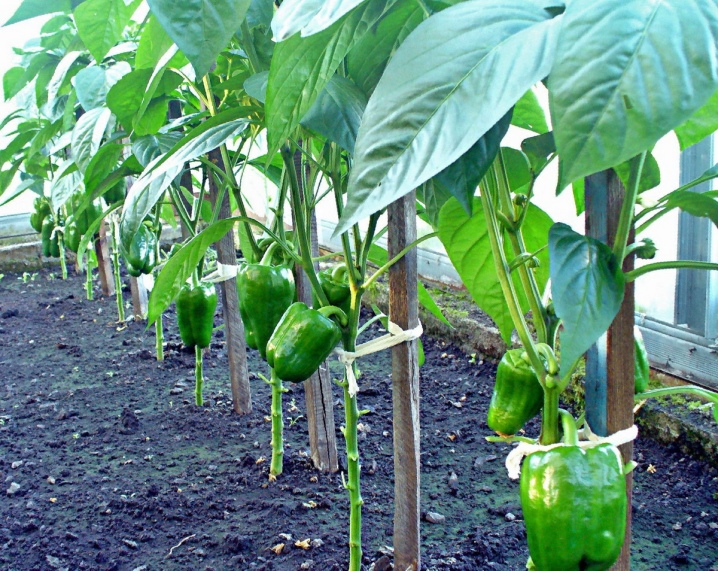
The formation of seedlings after planting according to this scheme increases the vertical growth of bushes, enlarges the size of the fruit.
In two stems
The scheme for the formation of a bush in 2 stems (V-shape) is considered the most common. It is used in spacious greenhouses. Allows you to grow up to 20 large and fleshy fruits on each bush. To obtain this form, stepchildren are left growing from the central stem. First, leave 1 strongest at the bottom, as it grows, the procedure is repeated.
The same number of peppers are left on each part of the V-shaped bush. Subject to the rules of control, each fetus will get an equal amount of nutrition, air, light. The formation also applies to shoots of the 2nd and 3rd orders. The upper part of the bush is cut off after a sufficient number of ovaries form on it. This will contribute to the pouring of fruit juice.
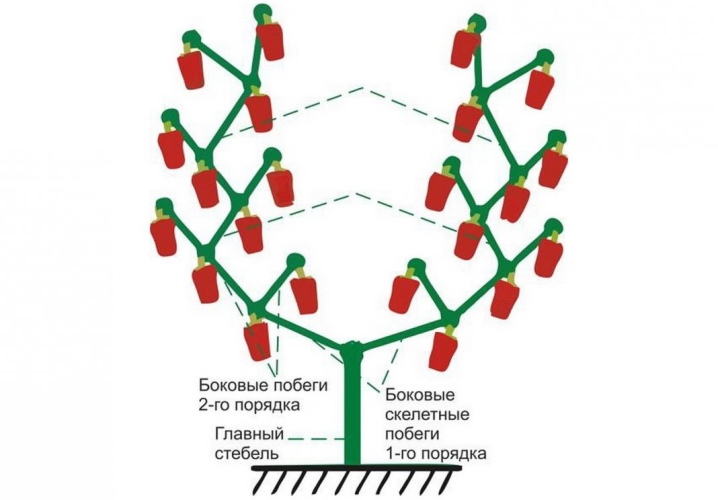
in three stems
Removal of shoots with molding into 3 stems is performed after several stepchildren are removed from the main trunk. Such bushes need more space, light, air, which is justified by higher yields. Formation after branching is performed with the removal of side shoots of each of the three main trunks.
It happens that the fork is formed from 2 processes. In this case, you can not get rid of the lower shoots on the skeleton of the bush. They are allowed to grow a little, then the most powerful one is selected. Others are removing. A level 1 skeleton has 2 most powerful trunks. All weak stems are removed. The formation is carried out until the required number of ovaries is set. After that, immediately pinch the top, stopping growth.

Aftercare
In order for the bushes to grow powerful, to withstand the weight of the fruits, they are provided with proper care. In addition to timely watering, they equip a system of supports and garters, which can be horizontal and vertical. It simplifies pinching, streamlines the weight load on the bush. Most vegetable growers build a trellis system, thanks to which it is possible to tie up each growing order.
A garter is a mandatory measure, since without it the stems often break.
Bush holders are wooden, metal, plastic, fiberglass. In addition to the traditional cross bars, you can build classic rope garters with an equal pitch. However, their appearance is different. It can be ropes tied from stakes to the top rails. In one case, 1 garter is used for 1 peg, in the other, 2 ropes go from one support, which is good for forming V-shaped bushes.
It is necessary to fix the stems while maintaining their natural shape. This will be the prevention of inflection. In this case, the tying scheme should correspond to the variety and number of ovaries. If the fruits are heavy and large, some vegetable growers resort to non-standard solutions. Someone plunges long stakes into the soil near the roots, gradually braiding the skeletal stems of plants with a rope.
Other gardeners hang a hook, they attach as many ropes to it as there are ovaries on a bush. You can fix the bushes with wire, twine, fibrous thread. Someone prefers to use unnecessary nylon tights and woven ribbons for tying.
For peppers grown in 1 stalk, you need a regular rope garter with moderate entanglement of the skeleton. It is also used when it is necessary to support a stem with a high division. With a large number of ovaries, the number of ropes per bush is increased.
During tying using threads and ropes, make sure that the knots are movable. Thanks to this, at any time it will be possible to loosen the fastening without harming the stems. In polycarbonate greenhouses, fastening is often performed using the existing crossbars.

In this case, the ropes (wire) are usually placed with the same pitch. This will prevent competition between bushes.
We must not forget about the timely loosening of the soil and the application of fertilizers. Loosening is also necessary in case of excess moisture. After it, the earth is saturated with oxygen, excess dampness leaves. Mulching, performed by means of peat, straw, and rotted leaves, also contributes to the improvement of aeration. In order for the fruits not to rot, and the foliage not to curl, it is necessary to maintain an optimal microclimate. Peppers are quite capricious in their care, without regular airing they often get sick.
Useful Tips
In order for vegetables to please with a high yield, it is necessary to avoid common mistakes that beginner gardeners make.
- Formation must be balanced. Otherwise, the synthesis of the necessary energy will be difficult. Everything must be timely.
- It is strictly forbidden to cut long stems. They need to be removed when their length does not exceed 5-6 cm.
- Do not carry out procedures for highly sparse bushes. In this case, greenery is the protection of the bush from the destructive heat and dryness. It signals a problem with twisting and yellowness.
- It is impossible to carry out pinching and pruning in the heat and during drought. This will lead to sunburn of the bush. It is better to water the plant with settled water heated in the sun.
- It is undesirable to form bushes with an abundance of moisture inside the greenhouse. Because of this, a painful microclimate will be created, and the drying of the sections will slow down.
- You can not engage in the formation of diseased bushes. In most cases, this leads to their death. You can not work with an untreated tool that was used on diseased plants. The use of non-sterile instruments will provoke an infection that will require treatment. After the procedure, the bushes are carefully examined, monitoring their condition.
- The planting scheme corresponds to 40×50 cm between the bushes. The gap between the rows is 70-80 cm. On average, 1 bushes should be located per 2 m8.
- When shaping, you need to be extremely careful and careful. You can not break the branches, mercilessly tear the stems, stressing the roots of plants.
- We must not forget about pinching the growth points located on the skeletal stems. Tall (more than 1 m) varieties are formed in 1 stem, medium-sized – in 2 and 3. When forming varieties of medium height in 1 stem, productivity suffers.
- As for the accounting of the region, in the southern latitudes of the country, pepper is formed into 3 stalks. Where the summer is short, it is better to limit the options to 1 or 2 stems.
- It is necessary to plant pepper in a greenhouse, taking into account the future increase in the bush by a couple of branches. At the same time, the bushiness of the selected variety is also taken into account. Ideally, the load on the stem should not exceed 6 large fruits.
- The average number of fruitful shoots should not exceed 4-6. If the summer is hot, then the climate in the greenhouse is especially stuffy. In this case, the lower leaves are not removed. They will contain the excessive heating of the earth.
- In conditions of constant humidity and dampness, on the contrary, you need to expose the bottom of the bush. This will prevent moisture stagnation, due to which the plant is affected by fungus and bacteria.
- With the simultaneous appearance of 2 primary buds, both should be immediately removed in order to increase the growth of the bush and fruiting. Formation must comply with the control schedule.
- It is necessary to disinfect tools (scissors, secateurs) not with water, but with alcohol and preparations containing chlorine.
- The best time for processing is dry or cloudy weather. After some time after this, you need to spray the bushes with lukewarm water. Cold in a hot greenhouse can not be used, because it provokes stress.
